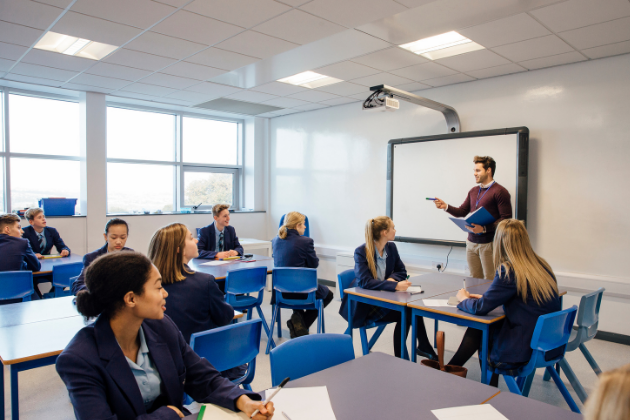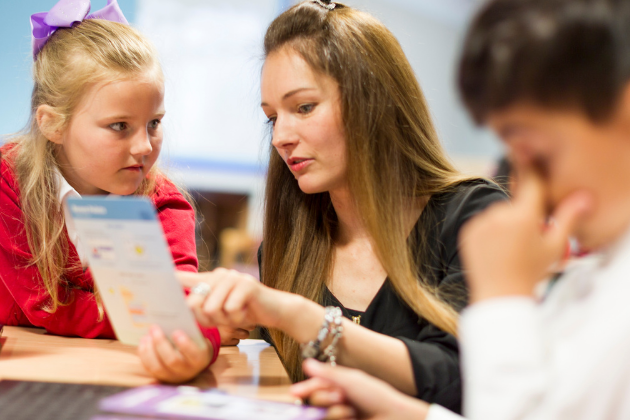How do you teach computing with limited access to computers?
28 October 2020

Schools and teachers are reporting that they are either currently unable to access their school computer suite, or that their access is severely limited. While it is essential that children develop their computing knowledge by using computers directly, there are ways to adapt teaching to incorporate meaningful activities that introduce ideas or develop understanding away from computers.
Here are six ideas from our team to help you introduce these activities in your classroom:
- Consider rejigging your scheme of work for the year. Some topics are more reliant on a computer than others — for example, programming, multimedia production, internet skills, and data processing could be moved to later in the year. In the meantime, you could focus on networking, computer architecture, and the ethical implications of technology, which can all be taught without being online.
- The Teach Computing Curriculum has lesson plans for every topic and every key stage. Rather than pick out odd lessons that don’t need a computer, we recommend that you choose topics such as those outlined above, and adapt the lesson plans where the activity uses a computer. For example, you can use pen and paper exercises instead of online worksheets, and you can draw network diagrams by hand rather than use software tools. Adhering to the Teach Computing Curriculum while adapting individual activities will help you to demonstrate that you are using a structured computing curriculum, as noted by Ofsted.
- Use unplugged activities where they are helpful, but remember that unplugged is not the same as offline. It’s always important to reconnect the unplugged activity to the concept being learned, and you can do this on a computer or offline depending on the activity/topic. Some unplugged activities should be followed up by an application of the principle being learned unplugged using technology. The latest issue of Research Bytes has some guidance on this.

4. Although learning to program does really need a computer to practise the skills over time, there are many aspects of the learning process that can, and even should, be done offline. Learners can be given snippets of code on paper and predict what they might do, or find the errors in a program, or use a trace table to trace through the code systematically. All of these are fantastic exercises for learners to really understand the concepts of programming.
5. Flipped learning may come into its own when it’s difficult to use a computer at school. Oak Academy has lots of computing lessons from the Teach Computing Curriculum. You may want to ask students to work through the lessons at home on their own devices, and then use your lessons to consolidate the material through pen and paper exercises, and quizzes.
6. To supplement these suggestions, we’ve created a quick access list of unplugged activities from our professional development courses. You can download this as well as our suggestions as a PDF. The activities are modelled in our teacher CPD courses, which demonstrate the adaptive approach suggested in Idea 2 above; they have specific suggestions about how you can use an offline or unplugged activity to introduce a computing concept. Trying some of these activities might also give you ideas for adapting other lessons in a similar fashion.
We really hope these help - let us know if you need more support and guidance by emailing us. Happy computing!

Dr Sue Sentance is Chief Learning Officer at Raspberry Pi Foundation.